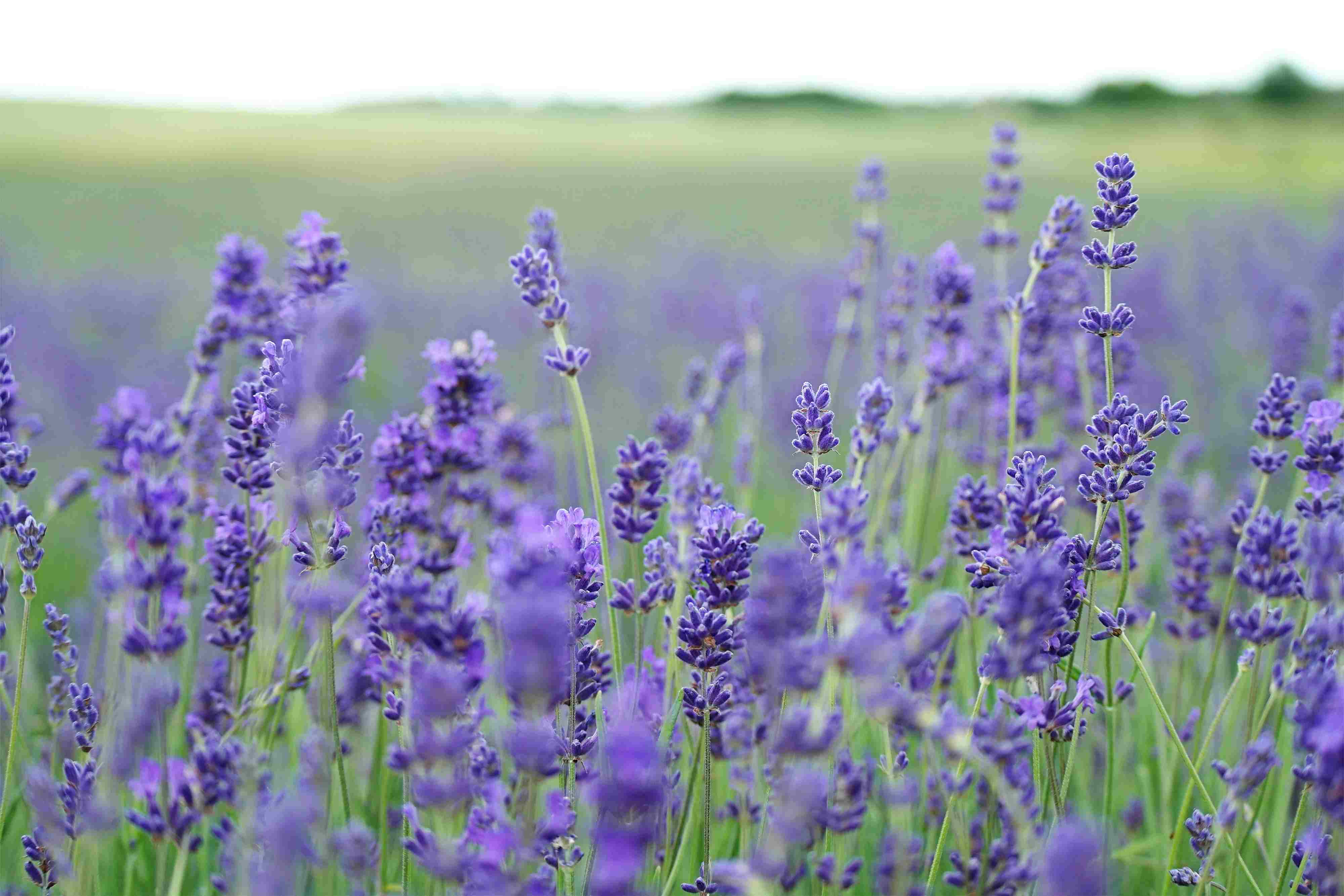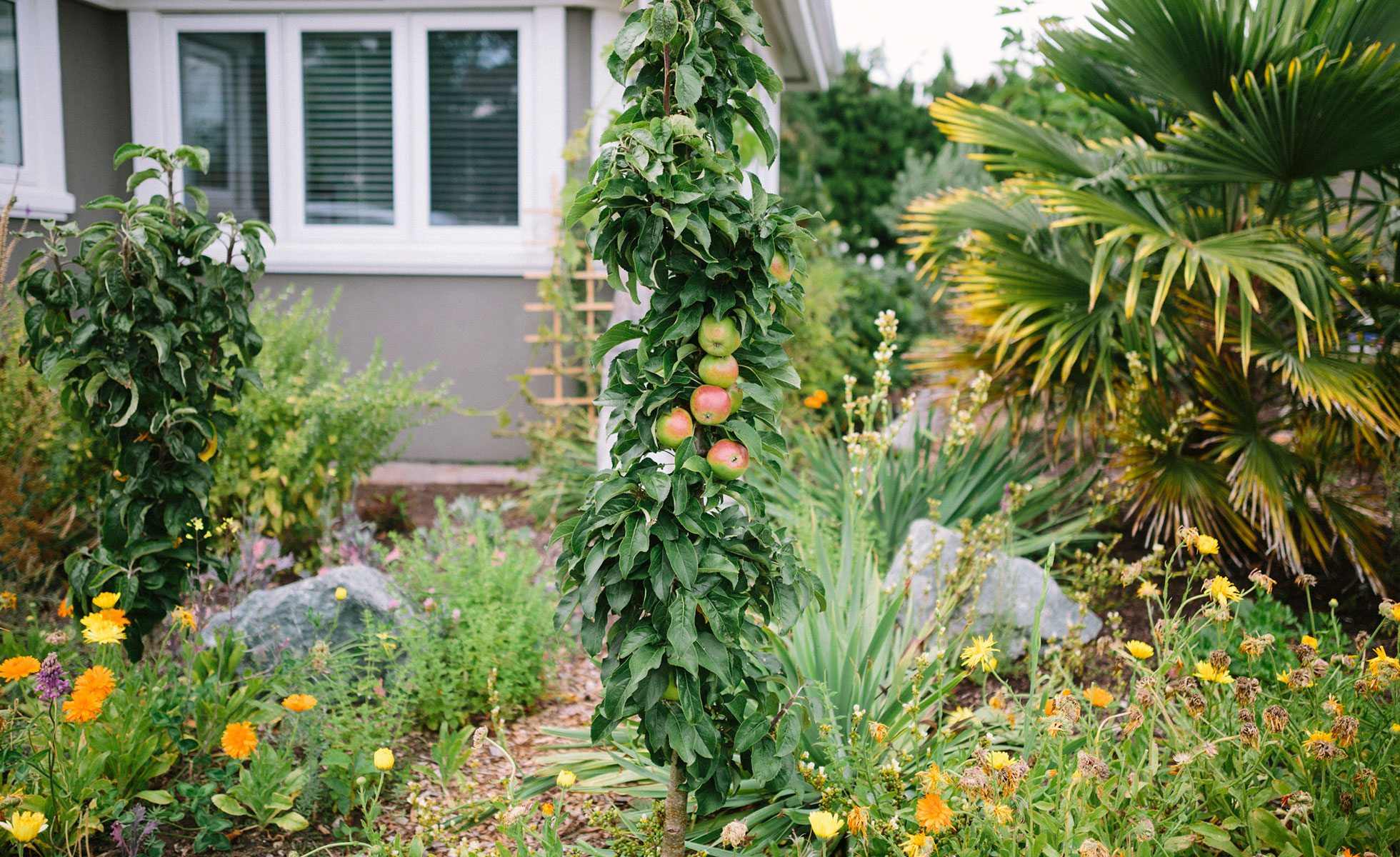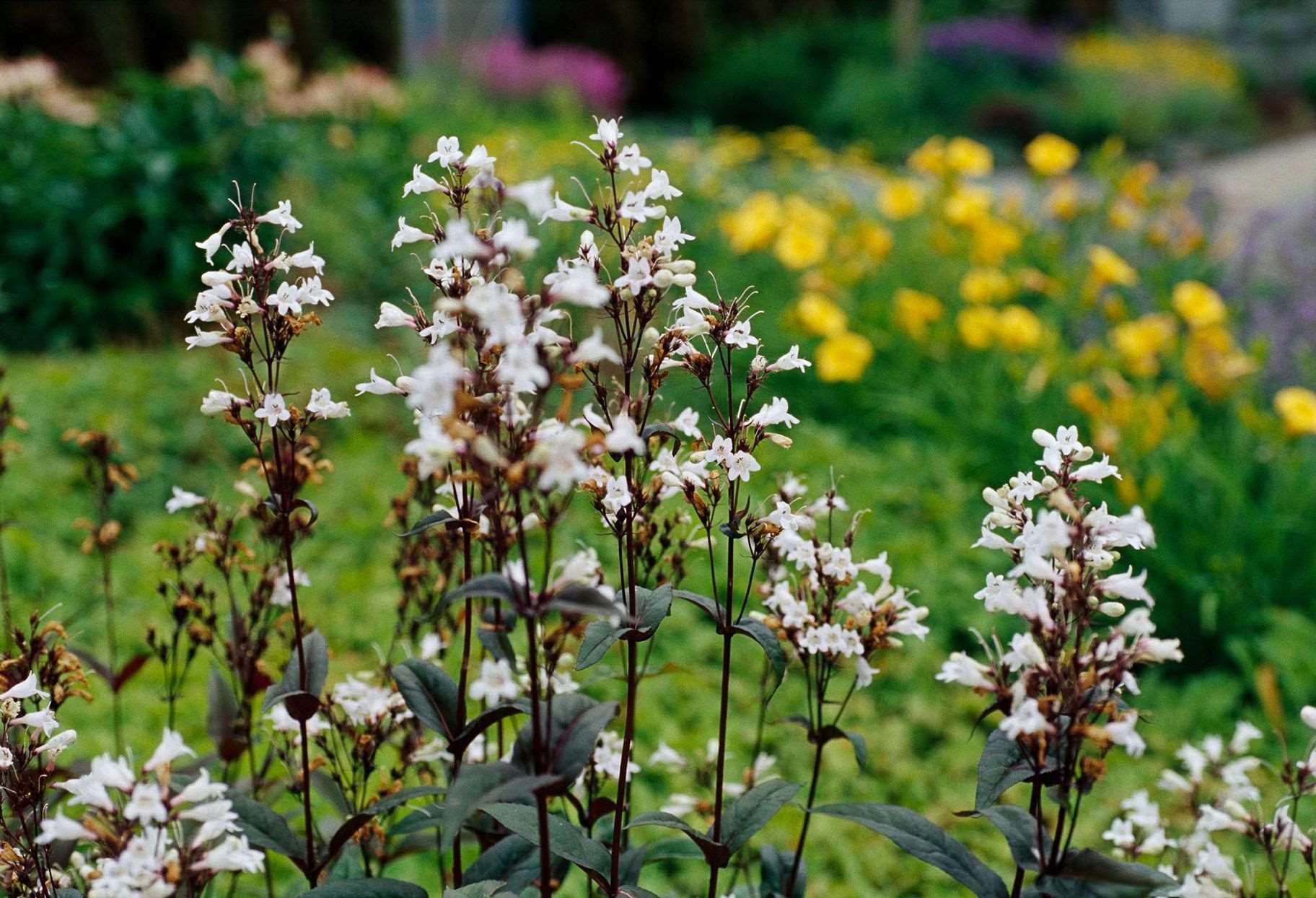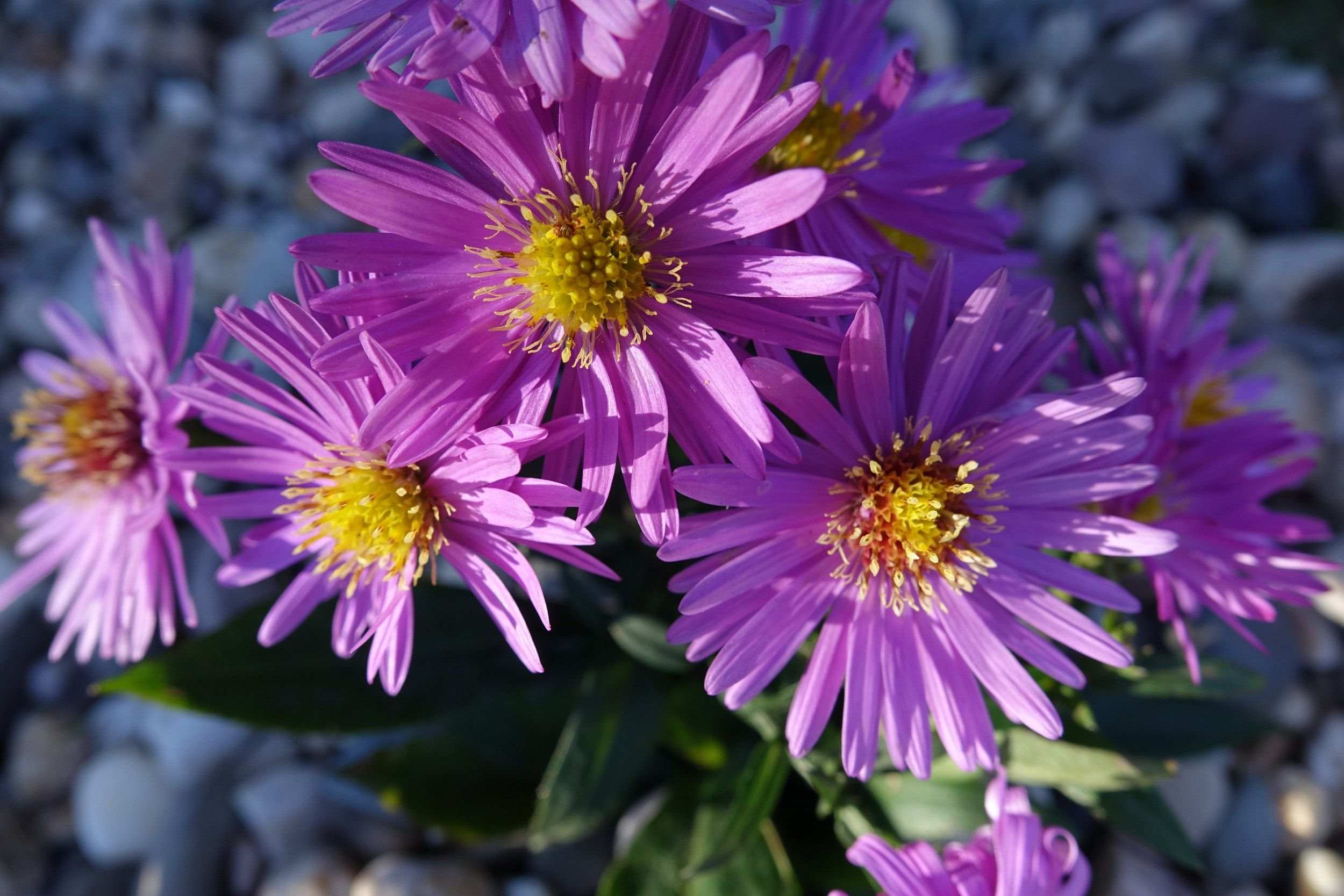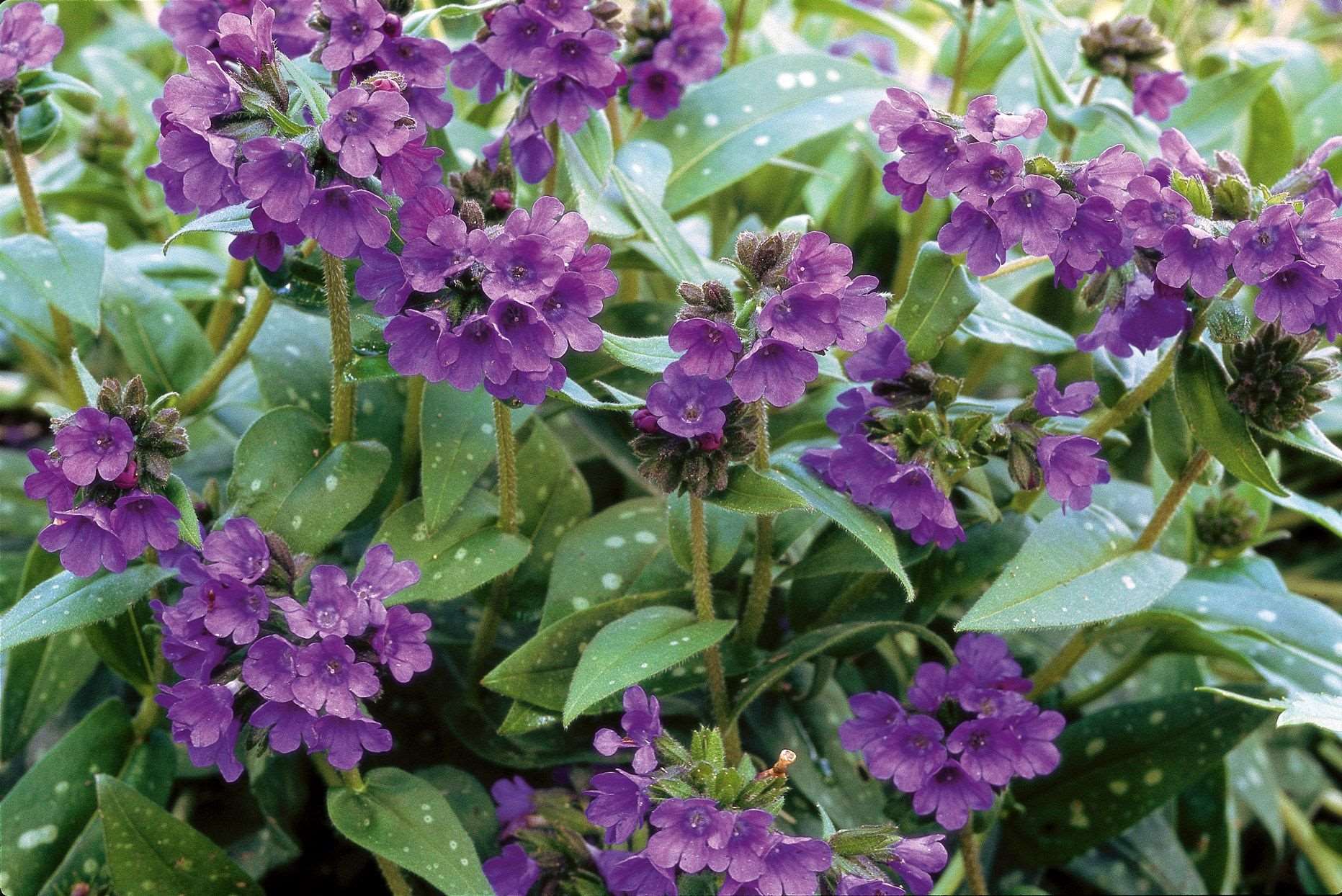Home>Types of Gardening>Ornamental Gardening>What Ferns Are Perennials
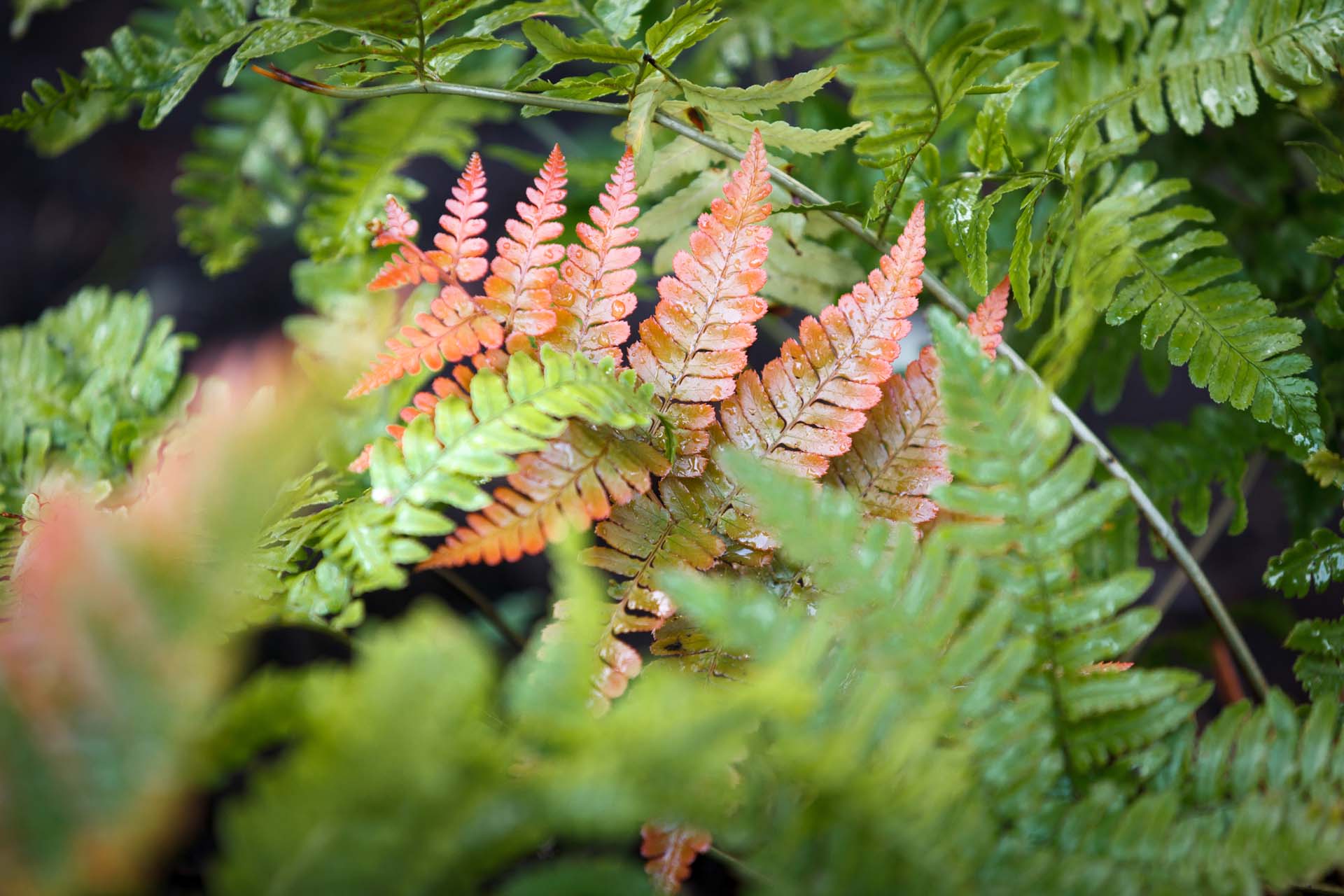

Ornamental Gardening
What Ferns Are Perennials
Modified: February 7, 2024
Discover which ferns are perennials in the world of ornamental gardening. Enhance your garden with these beautiful and long-lasting greenery.
(Many of the links in this article redirect to a specific reviewed product. Your purchase of these products through affiliate links helps to generate commission for Chicagolandgardening.com, at no extra cost. Learn more)
Table of Contents
Introduction
Welcome to the world of ornamental gardening! If you’re a gardening enthusiast looking to add a touch of elegance and beauty to your outdoor space, then you’ve come to the right place. One fascinating aspect of ornamental gardening is the use of perennial plants, and today we’ll be diving into the realm of perennial ferns.
Perennial plants are the backbone of any ornamental garden, as they provide structure, color, and texture year after year. Unlike annuals, which complete their life cycle in a single season, perennials have the remarkable ability to regrow and flourish year after year.
Now, let’s turn our attention to ferns, a diverse group of plants known for their lush foliage and airy fronds. With over 12,000 different species, ferns have been captivating gardeners for centuries with their ancient origins and enchanting beauty.
While many ferns can be grown as annuals or indoors, there is a special group of ferns known as perennial ferns. These ferns have adapted to various climates and continue to thrive for several years, making them an ideal choice for gardeners looking for long-lasting beauty.
In this comprehensive guide, we will explore the world of perennial ferns, learn about their characteristics and different types, and discover why they make a fantastic addition to any ornamental garden.
So, whether you’re a seasoned gardener or just starting out, get ready to embark on a journey into the fascinating world of perennial ferns and discover how these magnificent plants can transform your garden into a tranquil haven of lush greens and natural beauty.
Definition of Perennial Plants
Before we dive deeper into perennial ferns, let’s take a moment to understand what exactly a perennial plant is. In the world of gardening, perennials are a beloved category of plants that exhibit a unique life cycle.
A perennial plant is one that lives for more than two years, typically blooming and producing seeds each year. Unlike annuals, which complete their life cycle in a single growing season, perennials have the remarkable ability to regrow and flower year after year, often becoming larger and more robust with each passing season.
One of the defining characteristics of perennials is their ability to survive winter or periods of dormancy by retreating underground or shedding their leaves. This dormancy allows perennial plants to conserve energy during unfavorable conditions and emerge once again when the environment becomes more favorable.
Perennials come in a wide range of forms, including flowers, grasses, shrubs, and yes, even ferns. Their diverse array of colors, shapes, and textures make them a favorite choice among gardeners who seek to create a dynamic and ever-changing landscape.
It’s important to note that not all perennial plants are long-lived. Some perennials may have a shorter lifespan, while others can thrive for decades or even centuries. Nevertheless, the shared characteristic among all perennials is their ability to return year after year, bringing beauty and joy to our gardens.
Now that we have a clear understanding of what it means for a plant to be perennial, let’s explore the remarkable world of ferns, a group of plants that exhibit this longevity and beauty in their own unique way.
Characteristics of Ferns
Ferns are a captivating group of plants that have been around for millions of years. They possess several unique characteristics that set them apart from other types of plants, making them a fascinating addition to any garden. Let’s explore some of the key characteristics of ferns:
- Lush Foliage: One of the most striking features of ferns is their lush and abundant foliage. Ferns produce fronds, which are large, leafy structures that unfurl into delicate, feathery shapes. These fronds can range in size from just a few inches to several feet, creating a stunning display of verdant beauty.
- No Flowers or Seeds: Unlike many other types of plants, ferns do not produce flowers or seeds for reproduction. Instead, they reproduce through spores, which are tiny structures found on the undersides of their fronds. Spores are dispersed into the air and, under favorable conditions, can germinate and grow into new fern plants.
- Moisture-Loving: Ferns are well suited to environments with high humidity and abundant moisture. They thrive in shady areas where the soil is consistently moist. This makes them an excellent choice for gardeners looking to add greenery to damp spots in their landscape, such as near water features or in shaded corners.
- Versatile Growth Habits: With over 12,000 different species, ferns exhibit a wide range of growth habits. Some ferns grow upright, reaching upwards towards the sky, while others have trailing or creeping growth habits. This versatility allows gardeners to find fern varieties that suit their specific gardening needs and preferences.
- Attractive Variations: Ferns come in a myriad of shapes, sizes, and textures, offering endless possibilities for garden design. Some ferns have delicate, lacy fronds, while others have broad, leathery leaves. Some species even have unique patterns or colors on their fronds, adding a splash of visual interest to the garden.
These characteristics make ferns a captivating choice for ornamental gardening. Whether you’re looking to create a lush, tropical-inspired oasis or add a touch of elegance to a woodland garden, ferns can provide the perfect backdrop of greenery and natural beauty.
Now that we have explored the unique characteristics of ferns, let’s delve deeper into the different types of ferns you can incorporate into your ornamental garden.
Different Types of Ferns
Ferns are a diverse group of plants with over 12,000 different species found all around the world. Each species has its own unique characteristics, growth habits, and environmental preferences. Let’s explore some of the popular types of ferns that you can consider for your ornamental garden:
- Maidenhair Fern (Adiantum): Known for its delicate and graceful appearance, the Maidenhair Fern features fan-shaped fronds with glossy, dark green leaflets. It thrives in moist, well-draining soil and prefers shady or partially shaded areas.
- Boston Fern (Nephrolepis exaltata): The Boston Fern is a classic choice for indoor and outdoor gardens alike. It has feathery fronds that arch downwards, creating an elegant and cascading effect. Boston Ferns prefer bright, indirect light and soil that is consistently moist.
- Japanese Painted Fern (Athyrium niponicum): With its stunning silver-gray foliage and delicate purple accents, the Japanese Painted Fern adds a touch of elegance to any garden. It thrives in partial shade and prefers well-draining soil that retains moisture.
- Lady Fern (Athyrium filix-femina): This native North American fern is known for its vibrant green fronds and lacy appearance. Lady Ferns prefer moist soil and can tolerate both shady and partially sunny locations.
- Sword Fern (Nephrolepis cordifolia): With its upright growth habit and long, sword-shaped fronds, the Sword Fern is a popular choice for landscaping. It grows well in both sun and shade and prefers moist soil.
These are just a few examples of the wide variety of ferns available to gardeners. Whether you prefer delicate and feathery fronds or bold and architectural foliage, there is a fern species to suit your unique style and garden conditions.
When selecting ferns for your garden, be sure to consider their specific growth requirements, such as light levels, soil moisture, and temperature tolerance. By matching the right fern species to the conditions in your garden, you can ensure their long-term success and create a visually stunning display of ferns in your landscape.
Now that we’ve explored the different types of ferns, let’s move on to the next section where we’ll focus specifically on perennial ferns and their unique characteristics.
Perennial Ferns: A Closer Look
Among the diverse group of ferns, there is a special subset known as perennial ferns. These ferns have the remarkable ability to endure and thrive year after year, making them a fantastic choice for gardeners seeking long-lasting beauty in their landscapes.
Perennial ferns share many of the characteristics of other ferns but are specifically adapted to withstand a wide range of climates and environmental conditions. Their ability to persist and regrow during winter dormancy periods sets them apart from other types of ferns.
One fascinating aspect of perennial ferns is their ability to continuously expand and enhance their presence in the garden. Over time, the rhizomes, which are underground stems that ferns use for growth and reproduction, spread and produce new fronds, resulting in larger and more abundant fern colonies.
Another notable feature of perennial ferns is their adaptability to different light conditions. While many ferns prefer shady environments, there are also perennial ferns that thrive in areas with more sunlight. This adaptability opens up a wide range of possibilities for incorporating perennial ferns in various parts of the garden, from shady corners to dappled sunlit areas.
Perennial ferns also contribute to the overall biodiversity of a garden ecosystem. Their lush foliage provides shelter and habitat for various beneficial insects and wildlife, further enhancing the ecological balance of the landscape.
One of the key advantages of planting perennial ferns is the low maintenance they require. Once established, these hardy plants can tolerate various soil conditions, including clay and loam, and typically require minimal supplemental watering. This makes them an ideal choice for gardeners seeking plants that are both visually appealing and easy to care for.
Whether you choose to create a dedicated fern garden or incorporate perennial ferns as part of a larger landscape, these remarkable plants are sure to add a touch of natural beauty and tranquility to your outdoor space.
In the next section, we will explore the numerous benefits of growing perennial ferns and why they deserve a spot in every ornamental garden.
Benefits of Growing Perennial Ferns
Growing perennial ferns in your garden can offer a multitude of benefits that contribute to the overall beauty and sustainability of your landscape. From their aesthetic appeal to their ecological contributions, here are some of the key advantages of incorporating perennial ferns into your ornamental garden:
- Timeless Beauty: Perennial ferns bring a timeless and elegant beauty to any garden. With their lush foliage and intricate fronds, they add a touch of natural charm that can transform even the simplest of landscapes into a verdant oasis.
- Low Maintenance: Perennial ferns are generally low maintenance plants. Once established, they require minimal care and attention. They are resilient, adaptable, and can tolerate a wide range of growing conditions, making them an excellent choice for gardeners looking for hassle-free plants.
- Erosion Control: Due to their fibrous root systems, perennial ferns help stabilize soil and prevent erosion. Their roots act as natural anchors, holding the soil in place. This makes them a valuable addition to gardens located on slopes or areas prone to erosion.
- Improved Air Quality: Like other plants, perennial ferns contribute to the improvement of air quality by absorbing carbon dioxide and releasing oxygen during photosynthesis. This helps create a healthier and more oxygen-rich environment in your garden.
- Habitat for Wildlife: Perennial ferns provide valuable habitat and shelter for various beneficial insects, birds, and small animals. The dense foliage and fronds offer protection from predators and a comfortable space for nesting or foraging.
- Privacy and Screening: With their dense foliage and upright growth habit, perennial ferns can be used to create natural screens and privacy barriers in your garden. Planted strategically along fences or property lines, they can provide a visually appealing alternative to traditional hedges or fences.
- Added Texture and Depth: Perennial ferns offer unique textures and depth to garden landscapes. With their distinct frond shapes and patterns, they create a sense of visual interest and can be used as focal points or to complement other plants in the garden.
These are just a few of the many benefits of growing perennial ferns in your ornamental garden. Their beauty, low maintenance requirements, and ecological contributions make them a valuable addition to any landscape.
In the next section, we will delve into essential care tips for nurturing and maintaining your perennial ferns, ensuring their long-term health and vitality.
How to Care for Perennial Ferns
Caring for perennial ferns is relatively straightforward, and with a few simple steps, you can ensure that these beautiful plants thrive in your garden. Here are some essential care tips to keep your perennial ferns healthy and vibrant year after year:
- Light Requirements: Most perennial ferns prefer shady to partially shady locations. They thrive in areas with filtered or dappled sunlight, as direct sunlight can scorch their delicate fronds. However, some fern species can tolerate more sun exposure, so it’s essential to choose a location that matches the specific light requirements of your fern variety.
- Soil and Moisture: Perennial ferns prefer loose, well-draining soil that is rich in organic matter. The soil should retain moisture without becoming waterlogged. Regularly check the soil moisture level and water your ferns when the top inch of soil feels dry. Avoid overwatering, as this can lead to root rot or other fungal diseases.
- Watering Technique: When watering your perennial ferns, aim to water deeply rather than providing frequent shallow waterings. This encourages deep root growth and helps the plants withstand periods of drought better. Consider using a soaker hose or drip irrigation to deliver water directly to the roots while minimizing water waste.
- Mulching: Applying a layer of organic mulch around the base of your ferns can help retain moisture, regulate soil temperature, and suppress weed growth. Use a thin layer of mulch, ensuring that it doesn’t come into direct contact with the fern’s crown, as this can promote rotting.
- Pruning and Cleanup: Remove any dead or damaged fronds from your perennial ferns regularly. This helps maintain their overall appearance and prevents the risk of disease or pests. In late winter or early spring, before new growth emerges, you can also cut back the old fronds to make way for fresh growth.
- Division: Over time, perennial ferns can become crowded, and their growth may become less vigorous. To rejuvenate your ferns, consider dividing them every few years. Dig up the clump and gently separate it into smaller sections, ensuring that each division has its own set of roots and fronds. Replant the divided sections in suitable locations and provide them with the necessary care to encourage new growth.
- Protection in Winter: While perennial ferns are generally hardy, some varieties may benefit from a layer of mulch or protective cover during harsh winters. This helps insulate the roots and protects them from freezing temperatures or desiccation. Consult local gardening resources to determine the specific winter protection needs of your fern species.
By following these care tips, you can create an optimal environment for your perennial ferns to thrive and flourish. With their resilience and your attentive care, these fascinating plants will reward you with their beauty and provide a serene and tranquil atmosphere in your garden.
Now that you have the knowledge to care for perennial ferns, let’s explore some popular perennial fern varieties that you can consider for your ornamental garden.
Popular Perennial Fern Varieties
When it comes to perennial ferns, there are several popular varieties that stand out for their unique characteristics and ability to thrive in different garden settings. Whether you prefer delicate and lacy fronds or bold and architectural foliage, here are some perennial fern varieties to consider for your ornamental garden:
- Maidenhair Fern (Adiantum): Known for its delicate fan-shaped fronds and dark green leaflets, the Maidenhair Fern adds a touch of elegance to any garden. It thrives in shady or partially shaded areas with moist, well-draining soil.
- Boston Fern (Nephrolepis exaltata): One of the most popular indoor and outdoor ferns, the Boston Fern features feathery fronds that arch downwards. It prefers bright, indirect light and consistently moist soil.
- Japanese Painted Fern (Athyrium niponicum): With its stunning silver-gray foliage and delicate purple accents, the Japanese Painted Fern adds a touch of sophistication to the garden. It grows best in partial shade and well-draining soil that retains moisture.
- Lady Fern (Athyrium filix-femina): This native North American fern features vibrant green fronds and a lacy appearance. Lady Ferns thrive in moist soil and can adapt to both shady and partially sunny locations.
- Sword Fern (Nephrolepis cordifolia): With its upright growth habit and long, sword-shaped fronds, the Sword Fern is a popular choice for landscaping. It tolerates both sun and shade and prefers consistently moist soil.
- Ostrich Fern (Matteuccia struthiopteris): Recognized for its grand and arching fronds, the Ostrich Fern creates a dramatic focal point in the garden. It prefers moist, loamy soil and thrives in partially shaded areas.
- Cinnamon Fern (Osmunda cinnamomea): This fern variety is characterized by its unique cinnamon-colored fertile fronds that contrast with the green sterile fronds. It enjoys moist to wet soil and typically grows well near water features or in damp woodland areas.
These are just a few examples of the numerous perennial fern varieties available to gardeners. Each variety brings its own distinct beauty and characteristics to the garden and offers endless possibilities for creative landscaping.
When selecting perennial ferns for your garden, consider the specific growing conditions, such as light levels, soil moisture, and temperature, to ensure the best match between the ferns and your garden environment.
By incorporating these popular perennial fern varieties, you can create a lush and vibrant garden with a variety of textures, colors, and forms that will captivate the eye and provide a serene atmosphere.
As we conclude this article, we hope that you have gained valuable insights into the world of perennial ferns and feel inspired to bring their beauty and longevity into your own ornamental garden.
Conclusion
Perennial ferns offer a unique blend of timeless beauty and resilience that make them a wonderful addition to any ornamental garden. With their lush foliage, adaptability, and low maintenance requirements, these plants bring elegance and tranquility to outdoor spaces year after year.
We explored the characteristics of ferns and learned about the different types of ferns available, including popular perennial varieties such as the Maidenhair Fern, Boston Fern, and Japanese Painted Fern. These ferns showcase a range of captivating features, from delicate fronds to bold and architectural foliage.
Not only do perennial ferns enhance the visual appeal of a garden, but they also provide practical benefits. They contribute to erosion control, improve air quality, offer habitat for wildlife, and can even be used as natural screens for privacy.
Caring for perennial ferns requires attention to their light and moisture requirements, as well as occasional pruning and division. Establishing these plants in suitable growing conditions and providing proper care will ensure their long-term health and vitality.
By incorporating perennial ferns into your garden design, you can create a harmonious and captivating space that invites relaxation and appreciation of nature. Whether you choose to create a dedicated fern garden or intermingle ferns with other plants, the beauty and versatility of perennial ferns are sure to leave a lasting impression.
So, whether you’re an experienced gardener or a novice in the world of ornamental gardening, consider introducing perennial ferns to your landscape. Explore the different varieties, discover their unique features, and enjoy the benefits they bring to your outdoor sanctuary.
Embrace the timeless allure of perennial ferns and watch as these remarkable plants flourish and enchant, adding an enduring touch of natural elegance to your outdoor haven.
